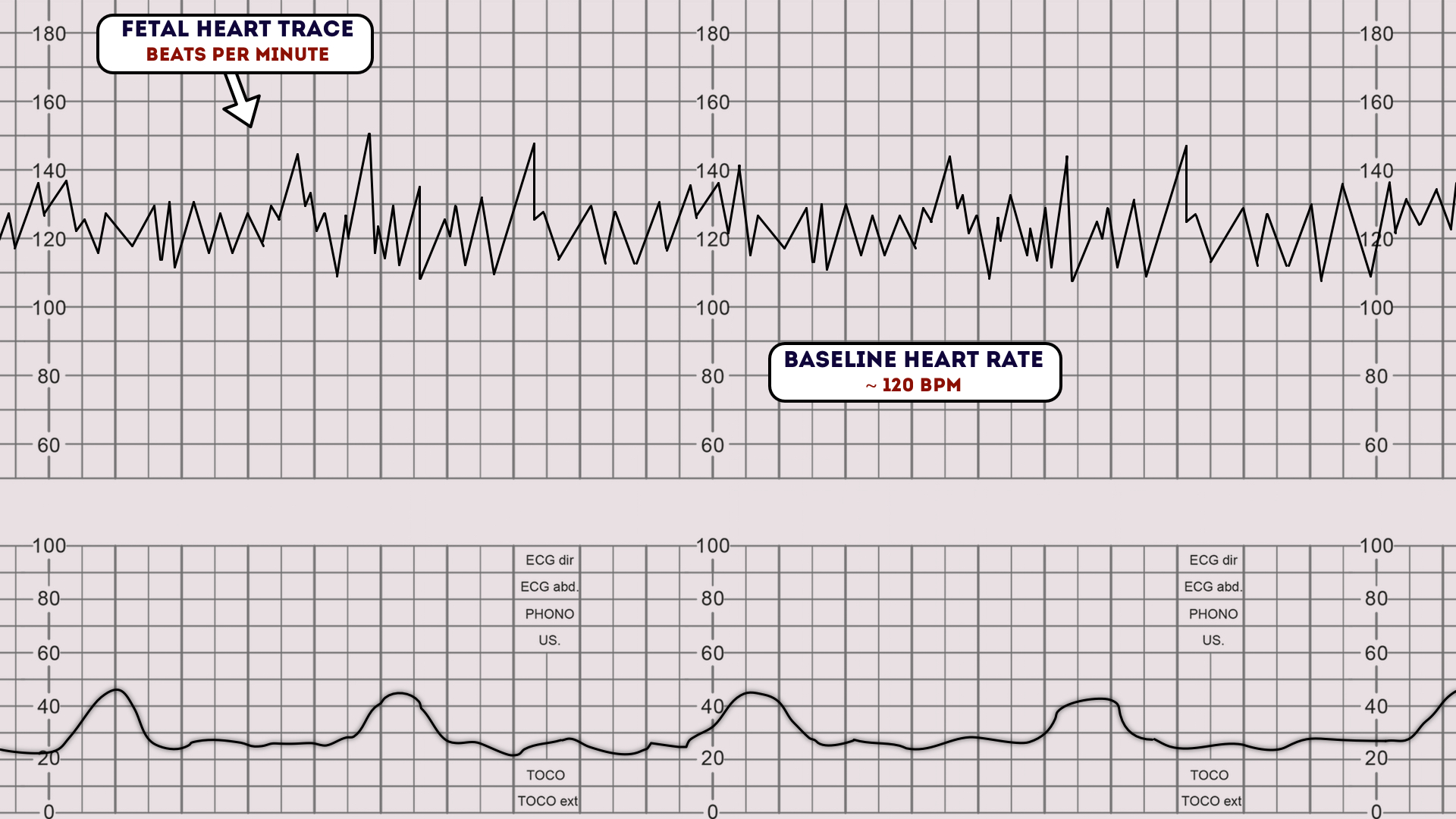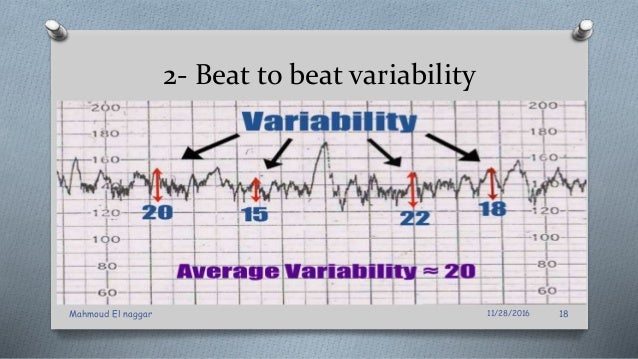Beat To Beat Variability Meaning
Heart rate variability or hrv is the physiological phenomenon of the variation in the time interval between consecutive heartbeats in milliseconds.
Beat to beat variability meaning. No distinction is made between short term variability or beat to beat variability or r r wave period differences in the electrocardiogram and long term variability. You d still end up with 60 beats in a minute but some of those beats can happen progressively faster or slower than others. They give input beat to beat on a cellular level to your heart. At rest you should actually see high variability between your heartbeats.
Variability refers to your heart beat s ability to shift throughout the day. The electrocardiogram ecg is shown on the bottom and the instantaneous heart rate is shown by the blue line. The main inputs are the sympathetic and the parasympathetic nervous system psns and humoral factors. In reality it s the opposite.
A normal healthy heart does not tick evenly like a metronome but instead when looking at the milliseconds between heartbeats there is constant variation. Measured with electronic internal fetal heart rate monitors. It changes depending on your activity and emotions. Short term variability stv describes the beat to beat fluctuations in the fhr measured from r wave to r wave by fetal ecg.
Grades of fluctuation are based on amplitude range peak to trough. Heart rate variability is the difference in time between the beats of your heart measured in milliseconds ms. For the most part younger people have higher hrv than older people and males may have slightly higher hrv than females. Long term variability ltv represents the amplitude changes of the normal baseline over time with a cyclic changes occurring in less than one minute.
Beat to beat var i a bil i ty of fe tal heart rate variability of fetal heart rate measured in changes in the qrs qrs interval from heart beat to heart beat. In that same 60bpm example that would shake out to having 0 7 seconds between some beats and 1 1 seconds between others. Baseline variability is defined as fluctuations in the fetal heart rate of more than 2 cycles per minute. Your heart rate is not meant to stay the same speed at all times.
The sa node receives several different inputs and the instantaneous heart rate or rr interval and its variation are the results of these inputs. Farlex partner medical dictionary farlex 2012 want to thank tfd for its existence. Your rest and digest tells your heart to slow down making room for variability between beats higher hrv your fight or flight system tells your heart to speed up limiting space for variability lower hrv. Variation in the beat to beat interval is a physiological phenomenon.


















